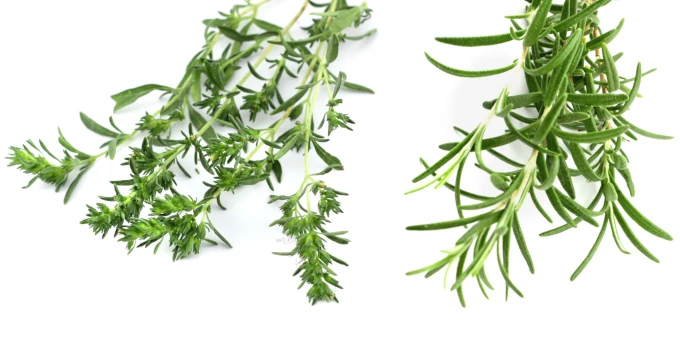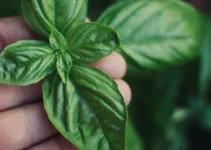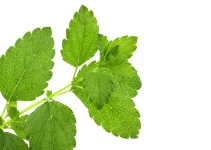The comparison thyme vs rosemary is going to be a very interesting one. These two herbs are immensely popular and some of the most used in kitchens around the world. Thyme and rosemary claim the same popularity as basil, mint, oregano, and cilantro.
All the herbs that we use daily belong to the Lamiaceae family, including these two, but that doesn’t mean that all require the same conditions for germination and growth.
Our thyme vs rosemary debate will have a lot of focus on the culinary world. But we should also analyze them as plants. We should see if there are any different conditions required for growing these two herbs. Or if, maybe, they can be grown together at the same time.
If you want another interesting comparison, you can also read my article on rosemary vs lavender.
Table of Contents
Thyme vs Rosemary: Flavors
Can we say with absolute certainty that one has a more delicious flavor than the other? Frankly, I wouldn’t be able to choose between the two.
For me, both thyme and rosemary are absolutely delicious and they each have their place in the kitchen, they’re quite irreplaceable.
They can be used together or separately, it depends on what you’re cooking.
Thyme: Fragrance and Flavor
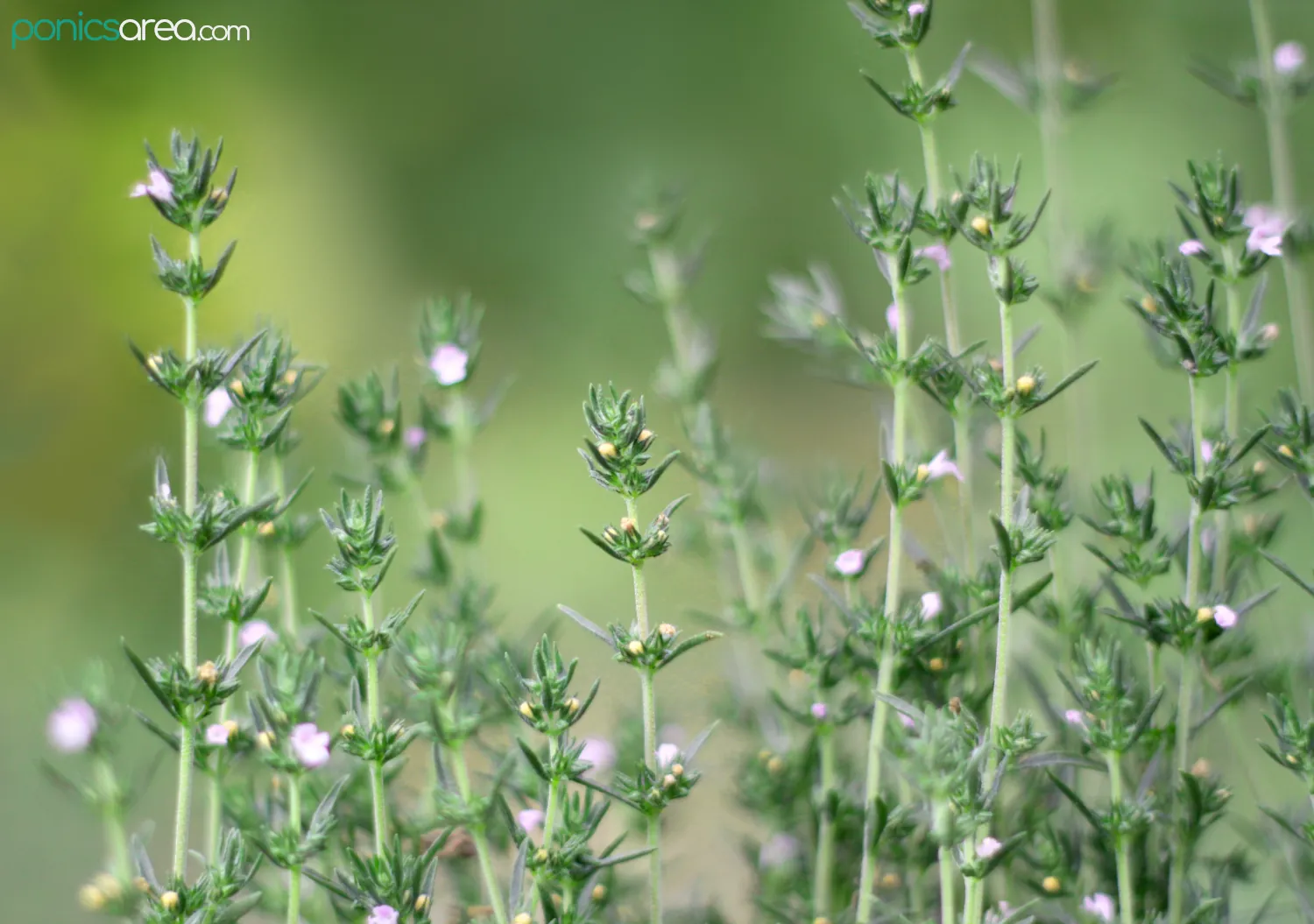
When I talk about thyme, I first like to talk about its smell. It’s an unmistakable fragrance. It smells so good that, in ancient Greece, the highest praise was “to smell of thyme”.
If you’re in the wild, and you come across a small plant on the ground that sort of looks like what you have in your pot at home, you’ll be able to tell by taking just a whiff that you’re in the presence of wild thyme.
From a distance, the purple flowers of wild thyme might even remind you a bit of lavender. It happened to me while visiting Malta. I found it a breath of fresh of air when I came across wild thyme in the scorching heat, in the rocky and somewhat desolate landscape.
Yet, thyme still thrived even in those conditions of scorching heat and dry, low in nutrients soil.
Just like rosemary thrives in the same Mediterranean rocky dry soil.
That’s what led me to believe that thyme and rosemary can be grown together and be healthy and plentiful next to each other.
The best way to describe thyme flavor is: a bit spicy, peppery, a fresh green flavor with hints of lemon and camphor and pine.
It can seem like a delicate herb with its tiny leaves but, in this case, looks can definitely be deceiving.
Rosemary: More Powerful Flavor
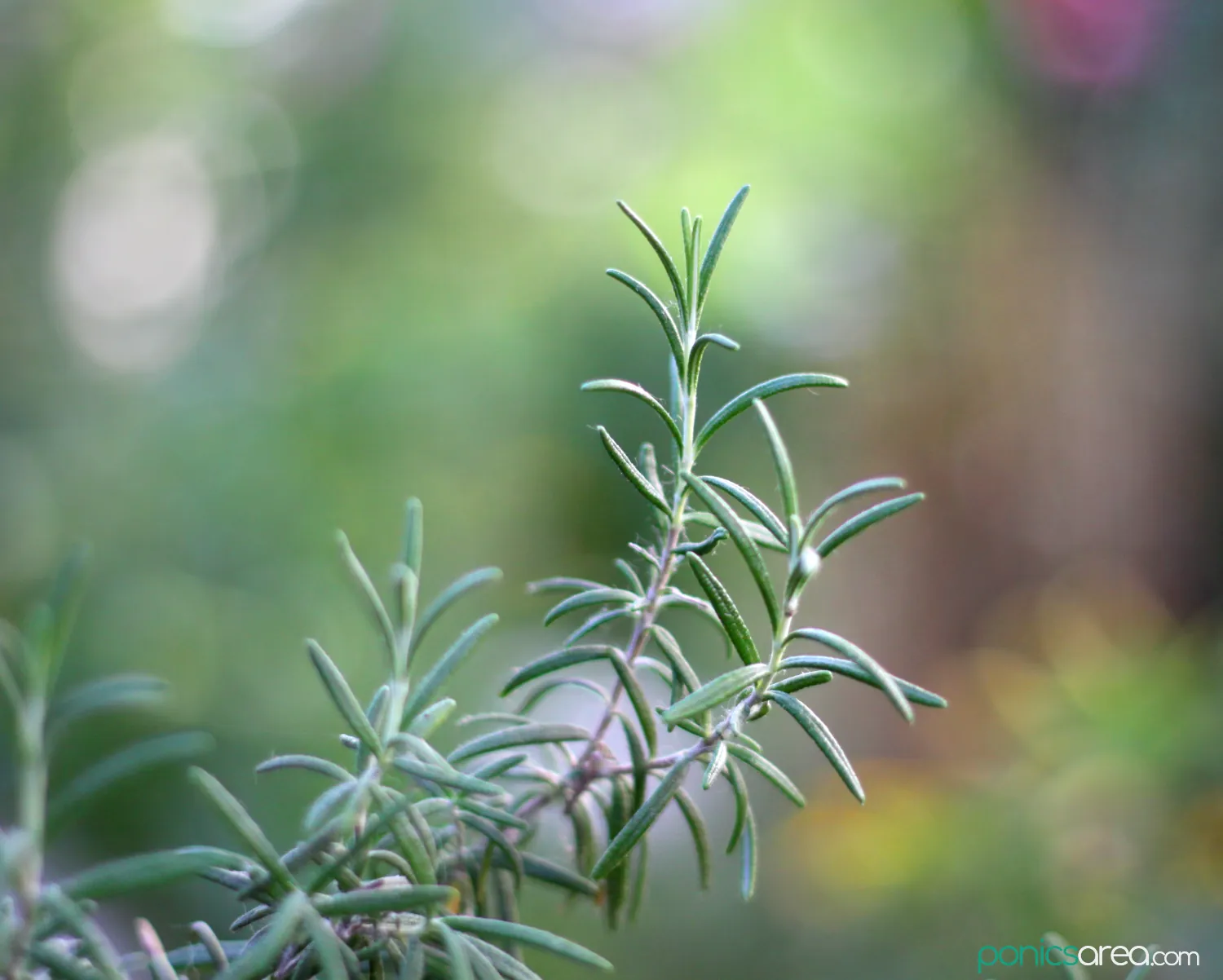
Rosemary has a strong pungent taste, a bit piney, with a slight bitterness if you’re eating it raw. It also has undertones of camphor with notes of pine and nutmeg.
Its smell can be described pretty much the same.
Of the two, rosemary is definitely the one with the strongest flavor but thyme isn’t much behind either.
Thyme vs Rosemary: How to Cook with Them
If you’ve ever cooked with either of the two, you already know that both thyme and rosemary are not used in big quantities.
They’re both wonderful and delicious, as long as they’re used in moderation. That’s definitely a big thing they have in common.
Why do I mention moderation in relation to thyme vs rosemary in the kitchen?
Because using big quantities of both thyme and rosemary would simply overpower any other flavor. The same goes for tarragon, horseradish and maybe even dill and peppermint.
It’s the opposite of how we use basil, cilantro, and parsley. We grab a big handful of those if we are able to grow them in big quantities.
With thyme and rosemary, we talk in terms of springs. We mostly end up using a couple of springs to maintain a balance of flavors and not feel like we’re chewing the herb instead of eating a complex dish.
Their strong flavors can be felt in both fresh and dried forms. There’s no difference. You can store dry thyme and rosemary and enjoy it for a year or even more.
Can rosemary replace thyme in dishes?
It wouldn’t be a proper thyme vs rosemary debate if we weren’t talking about which dishes each works best for. Then, you can see if thyme can replace rosemary or if rosemary can be a substitute for thyme.
I will warn you right from the beginning that I don’t think that either is replaceable but maybe you’ll think differently. My motto is: use rosemary or thyme or both as often as I can in any dishes I can.
Rosemary works best with:
- dishes made with wine and garlic
- starchy foods – the simple but delicious focaccia with rosemary is one clear example, other breads, potatoes
- a whole array of vegetables: eggplant, cabbage, beans, bell peppers, peas, tomatoes
- meats: pork, duck, lam, game
- for flavoring olive oil and vinegar
- if you’re adventurous, you’ll even try making a raspberry and rosemary gelato
Thyme is used for:
- various meats, including poultry or game – I really love it with chicken, it gives depth to a somewhat unremarkable meat
- casseroles
- meat pies
- marinades
- soups and stews
- jambalayas and gumbos
- stir-fry dishes
- pairs well with wine and garlic and onions, just like rosemary does
- works well with pretty much the same vegetables as rosemary does, which is to be expected since, herbs and vegetables are absolute companions and delights for our taste buds
I guess the answer to the question can rosemary replace thyme is no. Better thyme substitutes are savory, marjoram and oregano.
Can thyme replace rosemary? I should admit in my thyme vs rosemary comparison that thyme can replace rosemary, although the flavor is more mild. Tarragon and savory can also work as rosemary substitutes.
Thyme vs Rosemary: Short Growing Guide
I’ll just give you a short introduction on what you need in order to grow both or either of the two. This is not a complete growing guide because,, after all, it’s an article on rosemary vs thyme. But it will provide you with the basic facts.
Rosemary: Basic Facts
All rosemary varieties actually belong to only one species: R. officinalis (Rosmarinus officinalis). To have only one main species, it’s really rare among herbs.
Its name translates to dew of the sea. It is also known as the Tuscan herb.
Beside cooking, rosemary is also used for its essential oil, which has disinfectant and antibiotic properties. It can help lighten dark spots and blemishes on the skin.
Rosemary Growing Conditions:
- it’s one of those herbs that should be grown from cuttings because germination can be very long – germination from seeds can take as much as three to six months
- it grows very well in pots all year round but it can also be grown in the ground – it can reach 4-6 feet in height and spreads out 6-8 feet
- you should use a low-to-medium nutrient soil with very good drainage
- in its native region, it enjoys a dry, alkaline, rocky soil
- soil pH between 6.0 and 7.0
- should receive at least 6 hours of sunlight daily, it’s best grown in full sun
- don’t overwater it or keep it in places with high humidity
- on average, water it once every 1 to 2 weeks, the plant should be allowed to dry out thoroughly before watering it again
- it can be grown both as an annual and as a perennial (completes its plant life cycle in 3 or more years)
- not an invasive plant at all, just like lavender isn’t invasive
Thyme: Basic Facts
The Latin name for thyme is Thymus sp. Lamiaceae. It’s estimated that there are around 350 species. That impressive number translates into a wide array of flavors and fragrances.
When talking about fragrance and flavor, I just chose to describe the varieties that we’re all accustomed to. The garden or common thyme, which we use for cooking, has the botanical name of Thymus vulgaris.
Thyme essential oil is used as an addition to cleaning products and disinfectant sprays, has anti-microbial anti-bacterial properties, has a soothing aroma.
Thyme Growing Conditions:
- most varieties grow best from cuttings not from seeds, except for the culinary French thyme
- it’s a drought-tolerant perennial, just like rosemary and lavender
- just like mint and oregano, it can become invasive, spreading out through underground runners so, you might decide to grow it in pots, whether you’re growing indoors and outdoors
- it’s best grown in loose, sandy, gritty or rocky, nutrient-poor soils with sharp drainage
- thyme also loves heat and it thrives in full sun
- 6–8 hours of direct light per day
- if you’re growing it indoors, you should place it in a sunny window or you can use grow lights
- overwatering can kill the plant, you need good drainage, a soil that drains well
- give it a thorough watering only once the soil is completely dry
What we should take away from this thyme vs rosemary comparison is that they’re both absolutely delicious herbs with strong bold flavors and that you’re missing out if you’re not experimenting with them in your cooking.

